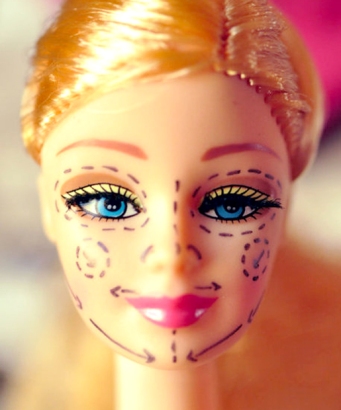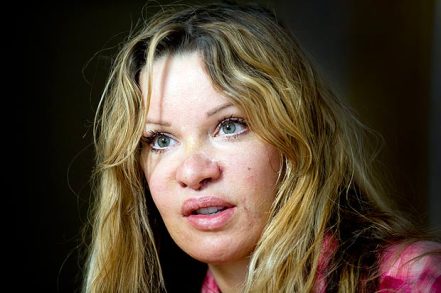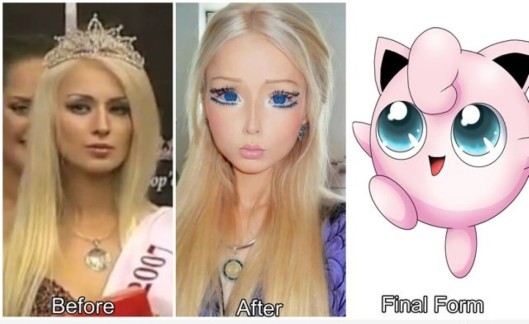
‘Distorted’, ‘unrealistic’ and ‘harmful’ are the words that are always used to describe the beauty standard of the old days. It is uplifting that there is a transformation of how social media is changing those beauty standards for better. Although social media can generate adverse side effects, it has given a voice to those that were once voiceless such as models, stylists and makeup artists. It has opened the doors of the fashion industry and beauty by allowing regular women to express their creativity, gain followers and spread positive. It has also developed more channels of communication as we meet and connect with people in different countries, living different lifestyles and with varying interests, thus giving us daily inspiration for our lives. I believe social media is very potential to revolutionise the beauty game.
Nowadays, social media has given us the ability to reach a global audience and have increased the average user’s means to persuade and influence. We are no longer just the passive consumers of media but become content creators, distributors and opinion makers. The young social media stars can have a louder voice than the CEO of a company. Their single tweet, Instagram post and videos can go viral, arousing changes at the top in a matter of hours.
For those in the fashion industry, Instagram has the power to influence and the number of followers a model has to allow them becoming one of the biggest influencers among the younger generations. Instagram does provide some of the major inspiration and it is one of the primary reason we are so into social networking site. It empowers us to connect with people in different countries, if only through photos and find daily inspiration in beauty. Social media can be a valuable resource that can inspire people.

I found a very inspiring story in the fashion and modeling industry of how Winnie Harlow, also known as Chantelle Brown-Young utilizing her social media platforms to spread messages of body positivity and highlight issues like racial inequality in the beauty industry. She found fame after having her selfies discovered on social media. She is a runway queen who is influenced by the walk of Naomi Campbell and the icon of Marilyn Monroe. She is also a former contestant on US reality show ANTM, the new face and the in-demand model, booking runway shows of many designer brands. Her skin condition has made her career and becomes a symbol for diversification and progression. She is now an inspiring supermodel who suffers from a skin condition called vitiligo. Winnie has garnered an Instagram following of 1.2M and spoken openly about how difficult it was for her to gain acceptance growing up. But now she is proud of the unique way she looks and always encourages others to feel the same way on social media platforms.

Winnie has partnered with Dove’s campaign #MyBeautyMySay to garner conversations around women’s accomplishments – ‘not just appearance.’ Harlow attributes her start in modeling to social media and also advises young people not to be afraid to put themselves out there instead of making their own views of themselves the utmost priority. She said that she enjoys people getting inspiration from her. When she was up for a Teen Choice Award for Choice Model, she revealed that she wants to be seen as an inspiration than a role model. She enjoys people getting inspiration from her. There is an inspirational quote from her, saying
“But I think making your opinion more important to you than others’ opinions are to you, that’s the most important thing — I don’t care if you think I’m beautiful, I think I’m beautiful.”
The best advice she has given to the young people is that it is important to have perspective, surrounding ourselves with supportive people and a greater sense of self-talk and self-love. We should be kinder to ourselves and remind ourselves about the positive trait then that’s a good thing because we all know we can hear ten positive things and one negative and it’s the negative thing that sticks. Gracing the covers of magazines, she has come a long way from being bullied out of high school and acts an inspiration to women all across the globe. I am sure there are people with BDD or having body image problem can be inspired by Winnie’s story and encouraged to be more accepting who they are and staying positive regarding their bodies.







